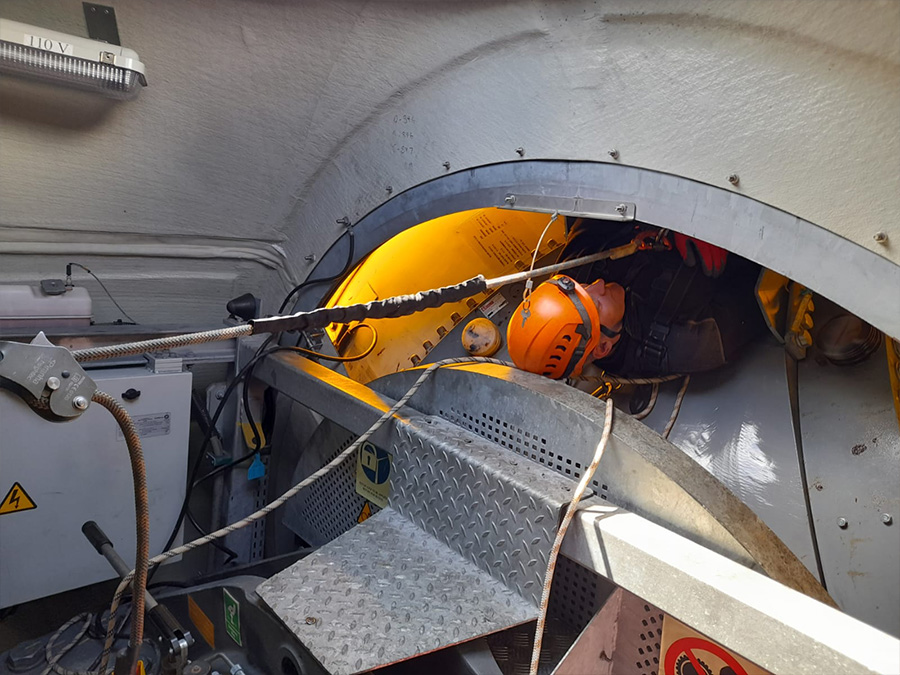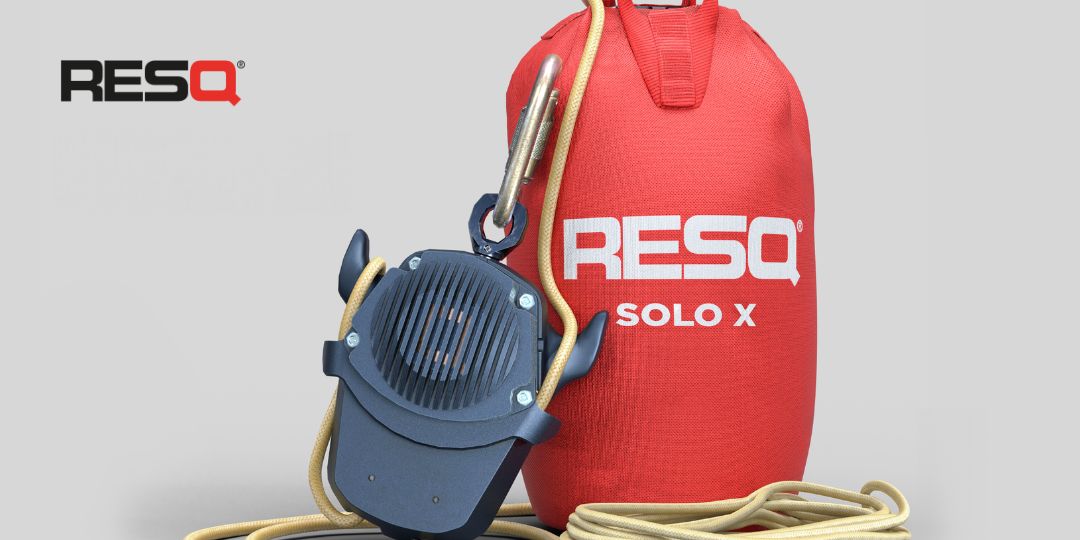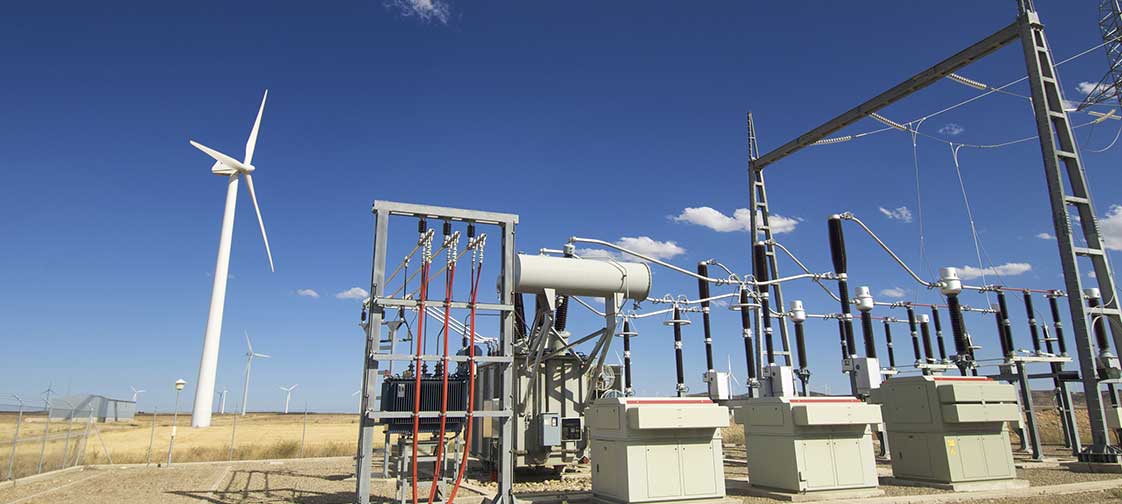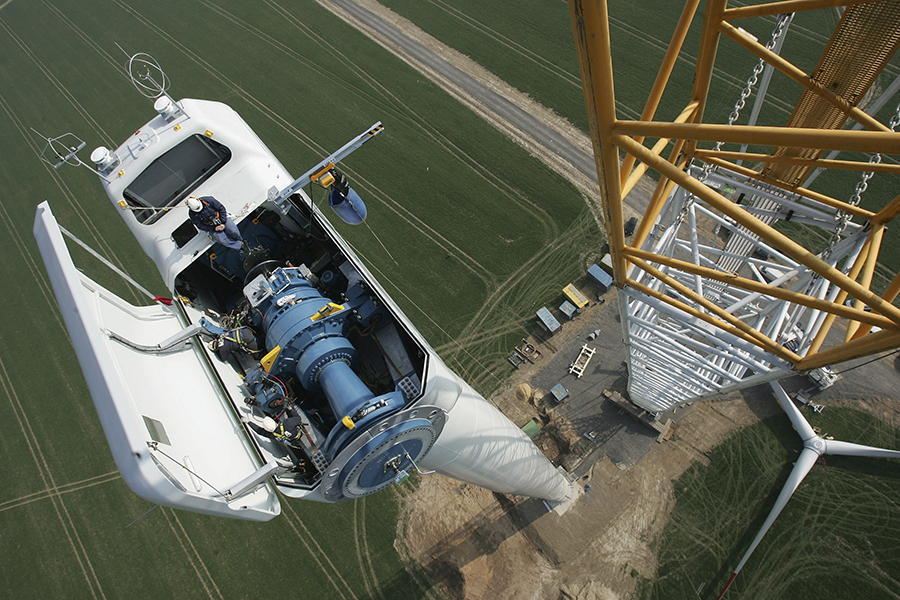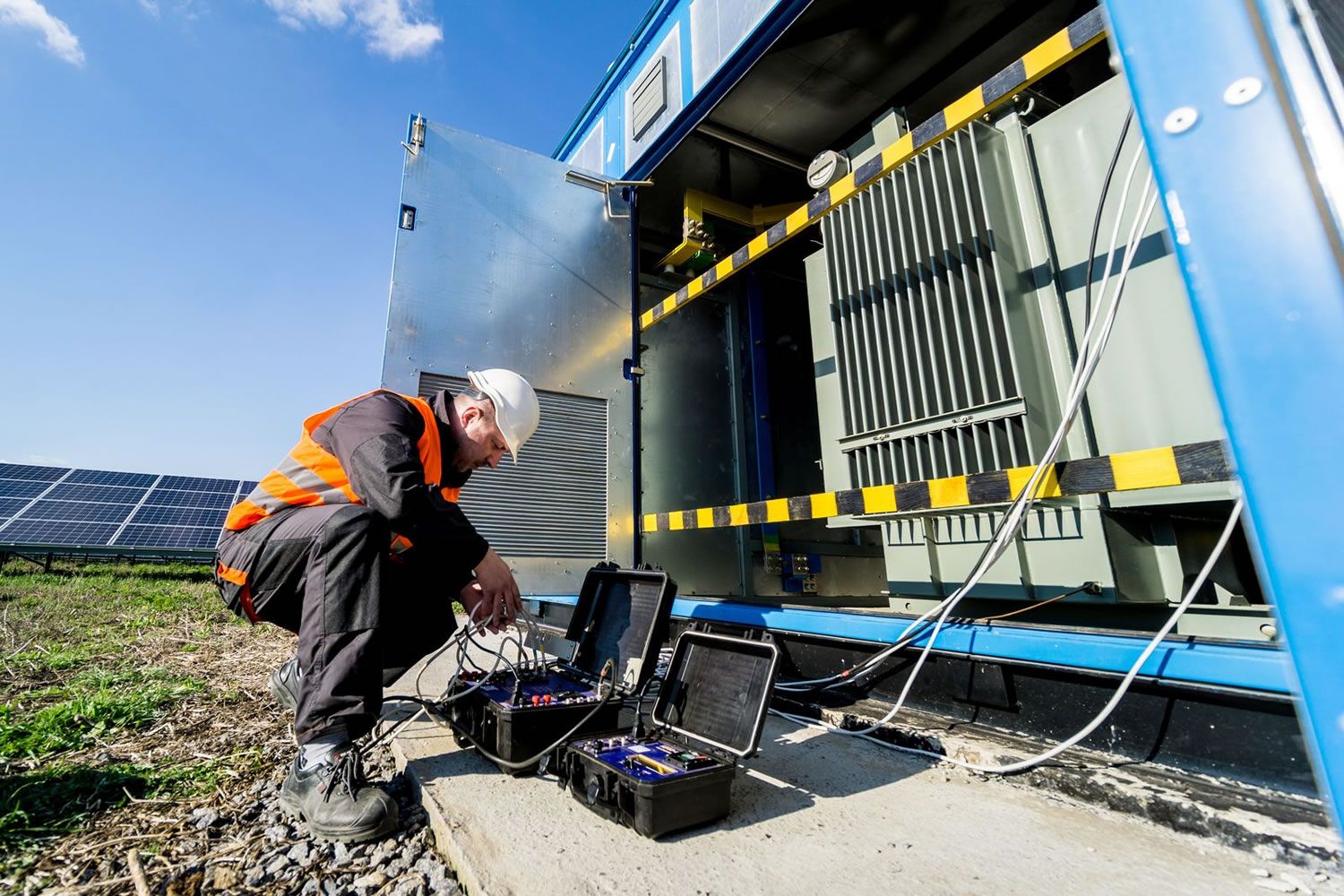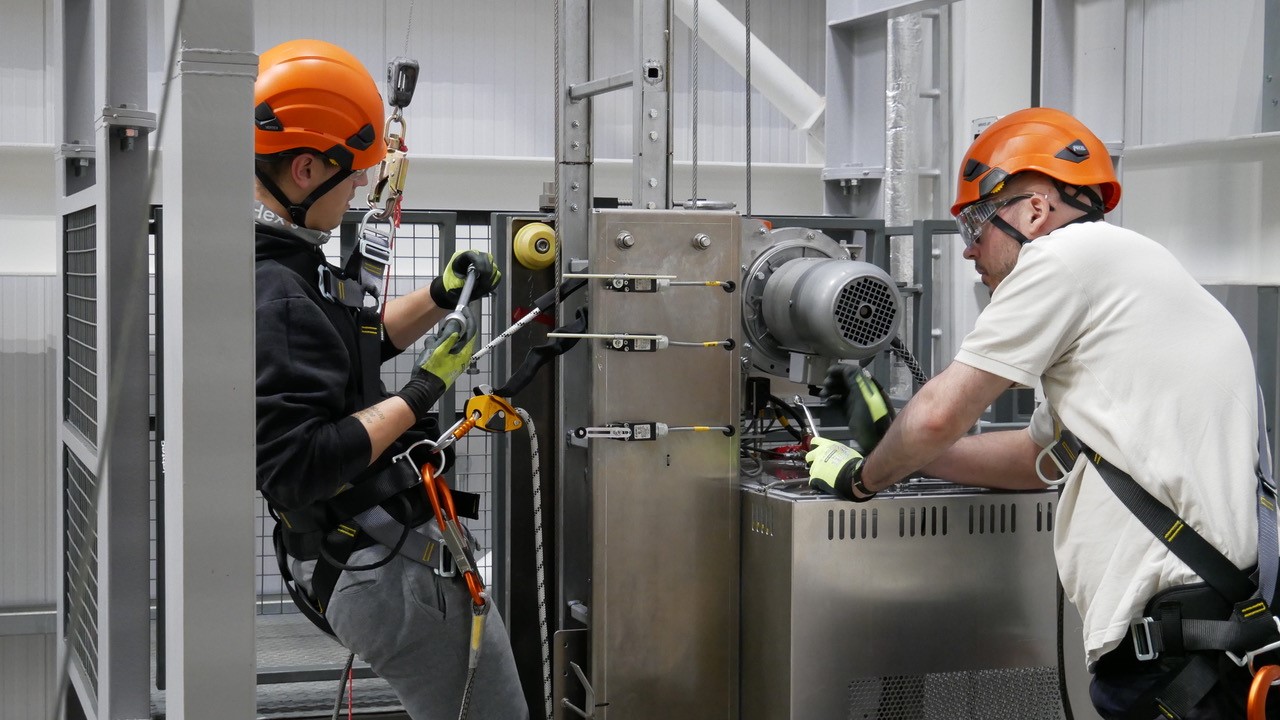In the fast-evolving world of wind energy, safety isn’t just a protocol—it’s a necessity. As turbines grow taller and technicians face more complex environments, having the right training can make all the difference. That’s where the GWO Advanced Rescue Training (ART) course comes in.
At STL USA, we don’t just train wind technicians—we prepare them to save lives, including their own. As one of the leading safety training providers in North America, we deliver the GWO ART standard in a way that’s hands-on, realistic, and above all, effective. Here’s why this qualification matters—and why STL USA is the best place to get certified.
What Is GWO Advanced Rescue Training?
The Global Wind Organisation (GWO) developed the ART standard to equip wind technicians with the skills to conduct rescue operations in some of the most challenging environments imaginable—inside wind turbines. This training builds on the basic safety training modules (BST), offering in-depth, scenario-based instruction on rescuing injured colleagues from:
Nacelles
Hubs
Blades
Towers and basements
The ART standard is comprised of four key modules:
Hub, Spinner & Inside Blade Rescue
Nacelle, Tower & Basement Rescue
Single Rescuer – Hub, Spinner & Inside Blade
Single Rescuer – Nacelle, Tower & Basement
Each module focuses on developing both team-based and solo rescue techniques under realistic conditions, using industry-standard equipment. Technicians learn how to manage a casualty, secure a scene, and execute an evacuation, all while maintaining communication and safety protocols.
Why Is ART Certification So Important?
Wind turbine technicians often work hundreds of feet in the air, in confined spaces, and in physically demanding conditions. In the event of an incident, external emergency services may be delayed due to the turbine’s remote location or inaccessible layout. That means rescue falls to the technicians on-site.
The ART certification ensures technicians have the advanced skills to:
Execute safe and effective rescues in high-risk environments
Provide immediate aid until professional medical help arrives
Work independently or as part of a team in a high-pressure situation
Comply with global safety standards required by top wind energy employers
In short, this qualification doesn’t just protect lives—it makes technicians more valuable to employers and opens doors to higher responsibility roles.
The Benefits to Employers
For wind energy companies, investing in ART training is not only a legal and ethical obligation—it’s also a smart business decision. Employers gain:
A safer, more capable workforce that reduces accident recovery times and minimizes downtime
Compliance with GWO standards, often required to operate on sites managed by leading turbine manufacturers
Reduced liability by having fully certified staff ready to respond to emergencies
Enhanced reputation for safety performance and operational preparedness
By certifying teams in ART, companies demonstrate a serious commitment to safety, which is increasingly a key differentiator in contract bids and partnerships.
Why Choose STL USA for GWO ART?
Not all training providers are created equal. STL USA stands apart because we offer more than a certification—we offer real-world readiness.
Here’s what makes us different:
1. Realistic Training Environments
We don’t teach ART in a classroom with props. Our state-of-the-art training facilities are equipped with full-scale wind turbine simulators, including nacelles, hubs, and vertical rescue towers that replicate actual turbine dimensions and challenges.
2. Experienced Instructors
Our instructors are former technicians, rescue professionals, and safety experts who bring field-tested knowledge to every course. They don’t just teach theory—they coach trainees through realistic scenarios based on real incidents.
3. Individualized Feedback & Small Class Sizes
We prioritize low trainee-to-instructor ratios, ensuring every student receives hands-on guidance and feedback. Our instructors tailor the training experience to different learning styles, skill levels, and operational backgrounds.
4. Flexible Scheduling
We know downtime is expensive. STL USA offers flexible course scheduling to minimize disruption to work schedules. We also accommodate team bookings and can provide onsite training across the US.
5. Full GWO Suite and Career Path Support
ART is just one part of the training ecosystem. We offer the entire GWO training portfolio, allowing technicians to complete or refresh multiple modules efficiently. And we don’t stop at training—we provide career support, credential tracking, and employer partnerships to help graduates advance in the wind energy sector.
What Our Customers Say
“STL USA’s ART course was unlike anything I’d experienced before. The facilities were top-notch, and the instructors made sure we left not just certified—but confident.”
– Mike R., Wind Turbine Technician, Texas
“The attention to detail and real-life rescue scenarios made all the difference. Our team feels much more prepared now.”
– Operations Manager, Midwest Wind Services
Ready to Get Certified?
Whether you’re an individual technician looking to upskill or a company seeking to certify your team, STL USA is your trusted partner in advanced safety training. We’re proud to help wind professionals build safer careers and stronger teams—one rescue at a time.
Book your GWO ART course today with STL USA and train with the best to be ready for the worst.
Learn more about ART training options from STL USA
Click the button to learn more & book

